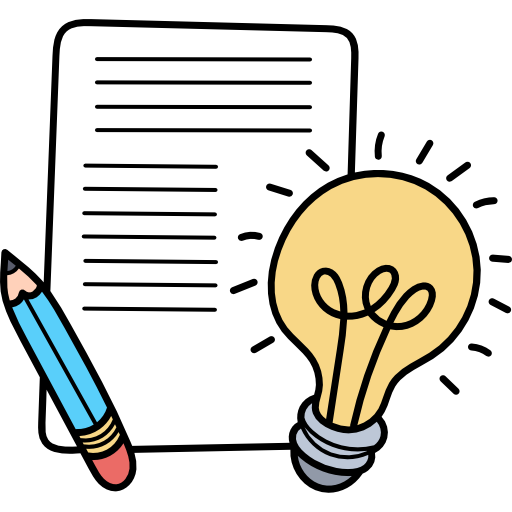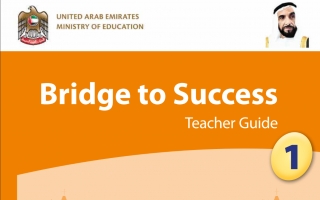مرفق لكم حل كتاب الطالب لغة انجليزية صف اول فصل اول وهذا الكتاب خاص بطلاب الصف الاول مناهج الامارات العربية المتحدة .
Differentiatim activities (Stretch)
l. Ask learners what other words beginning with the s sound from the picture (sky, sand) or other words not in the picture they know that begin with the s sound (circle)
2. Ask learners what colour the sea is, and what colour the sky is (blue). Ask if they know any other things that are blue in colour
3. Ask learners to take the place of the audio in a third playing of the audio. Keep the volume on the audio on low as they do so and it can be turned up if needed
4. Learners can make other actions instead of clapping their hands or stamping their feet for sun and sea, such as raising both hands together in front of them and then parting them in an arch for sun and wiggling their fingers in front of them for sea
Learner's Book: Activity 2
l. Get the learners to stand up. turn around. sir down and get ready with arms folded or hands on laps ready for the new activity. Face the front of the class and write the letter s in the air as the learners say the sound s. Invite the learners to copy you as you write s in the air
2. Learners can then form the letter sound using modelling clay. write the sound on the back of one another's hands or backs or make the shape with hands or in
3. They should say the sound as they write. Be sure they are saying a clear single sss sound and not suh or the lette naw
4. Ask learners to trace over the letters in their Learner's Book and say the sound sss as they trace
Differentiati activities (Support)
l. Ask learners to point to the flashcards as they do the activity
Differentiati activities (Stretch)
l. Show the two flashcards and ask learners to repeat the words sun and sea while you are holding them. Then ask: What is the sound? Give learners time to try and answer before saying the sound s
2. Put the letter flashcard on the board and ask learners to stick the other flashcards next to it. When doing that, learners say the sound and trace the letter in the air and on the letter flashcard
Extra Tips
• You may also use plastic letters or letter cards with the letter raised in felt or other material on the card (commercially available) and blindfold learners and ask them to feel and guess the letter
Activity Book : Activity 1
l. Write s in the air and then on the board
2. Show the learners where to start and where to finish the letter
3. Remind the learners how to sit correctly for writing and hold their pencil
4. Ask learners to trace the letter s on the first line with their fingers and then to trace over the dotted letters with their pencils as they say the sound s. Monitor as they trace to make sure they are forming the letter properly
S. Ask learners to copy the other lines of letters Again monitor to check for correct formation and that learners are writing between the lines and leaving spaces
6. Point to the capital letter S on the alphatxt poster. Elicit the letter name and the letter sound. Put the case and lower case letter flashcards S and s on the txard. Learners say the sound sss. Put the flashcard for sun next to the letters
7. Write the case letter S in the air. Then write it on the board. Show the learners how to form the letter where it and ends and the of strokes It is the same shape as the lower case letter only taller. Ask the learners to write the letter S in the air. Then ask the learners to look at PCM 2 and to trace over the capital letter S with their fingers and then with their vxncils Monitor as they write making sure they form the capital letter
8. Tell the learners that capital letters are used in English when we write names Ask the learners to think of names that begin with the sound S. Write the names Samir and Soha on the board and B)int to the capital letter S as you say the
9. Learners can colour the picture of the sun as they say the letter name and sound
Activity Activity 2
I. Ask learners to 100k at the pictures in Activity 2 and ask: J•Vhat can you see? Sun and sea. Ask: What colour is the sea? Expect the answer blue in English but if learners answer green, grey, or any other realistic colour for a sea in Arabic accept it, but Bint out that the sea in the picture in the Learner's Book is blue
2. Ask learners to colour the pictures of the sun and the You can prescriptive and tell the learners what colours to use if you want to assess the learners' acquisition of colour words Or you can give the learners a free choice of colour
3. If you have not asked for colours to used then accept any colours learners choose, as it is imvxrtant learners feel free to creative
Extra Tips
• Use instrumental background music whilst learners do colouring activities and encourage learners to colour all the pictures Learners of this age are usually kinaesthetic and musical and the use of such techniques is exvxcted to enhance their memory skills Allow ample time for learners to the letters in all Byssible ways by using all their
• When giving instructions for colouring activities ask learners to put a dot Of on the items that are to coloured first. This allows the teacher to check that the colour is appropriate as colour cannot rubbed out or corrected
• Make sure that learners colour carefully and within the outline of the object txing coloured. Colouring develops the learners small hand muscles and encourages noticing and hand-eye coordination skills which are vital when learning to read and write Play the Colour song or the Rainbow song when learners colour to help them acquire colour words
I. Invite learners to say the chant again without their books Play the audio at a low volume in the background
2. Show the flashcards for sun and sea and ask the learners to say all the s words they know
3. If learners find this difficult. suggest they think of any learners in the class who have names Ik•ginning with the s sound. For more confident learners, encourage them to the other s words introduced in the lesson
4. Ask them which activity they liked most in this lesson and why




